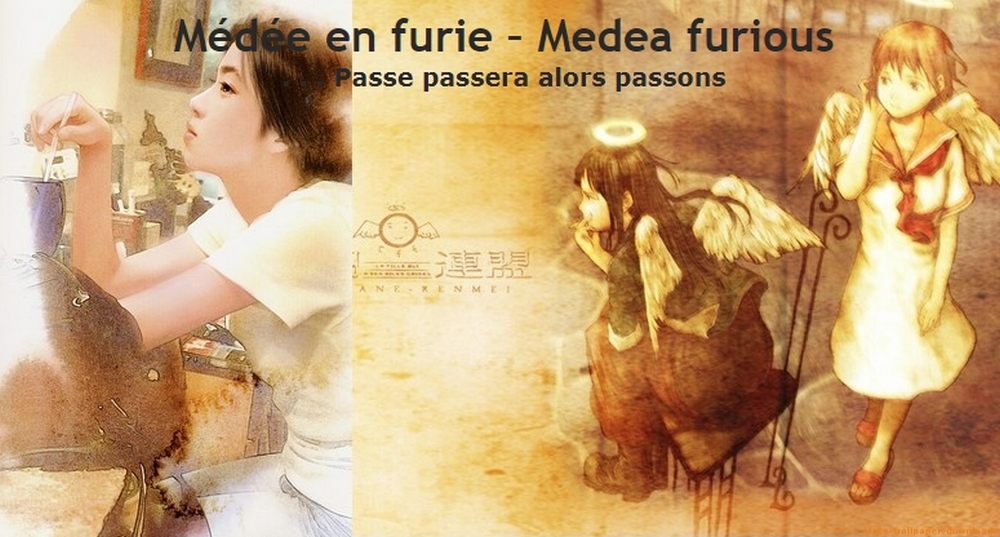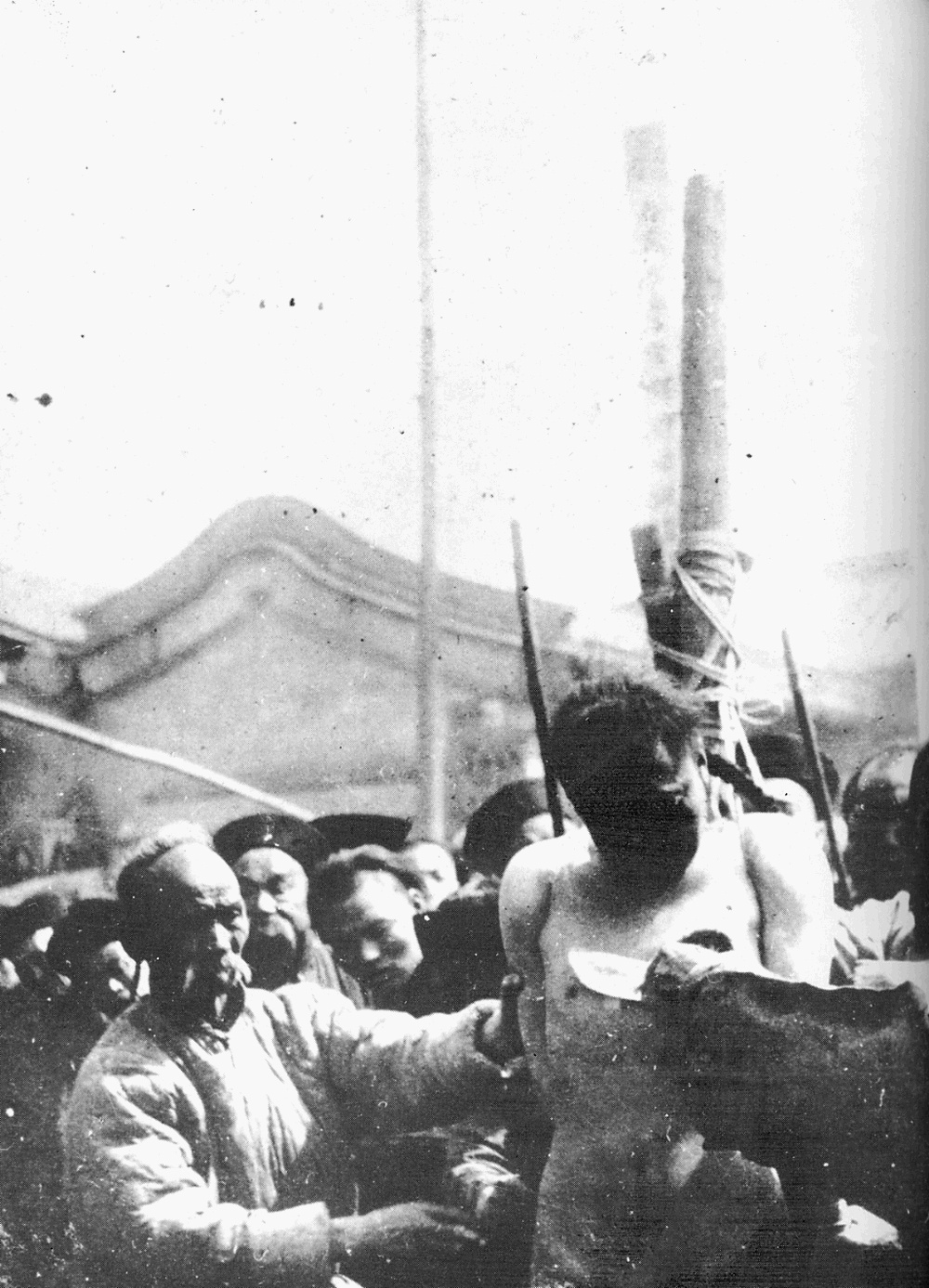Rechercher sur ce site
Étiquettes
3D (1) Animes_Animés (1) Artbook (1) Artist (12) Arts (60) BD_Franco_Belge (9) Blood_Sang (12) Books_Livres (4) Buddha_Bouddha (4) Comics_Bandes_dessinées (25) DC Comics (2) Disney (5) Fantasy (1) Gravure_Engraving (1) Hirohito (1) History_Histoire (3) Hong Kong (1) Horror (7) Images_Grande_Taille (2) Japan_Japon (19) Lucio_Fulci (5) Magazine (1) Marvel (8) Mishima (1) Monuments (7) Movies_Cinéma (40) Movies_Cinéma_Scene (5) Museums_Musées (12) Musée_Arts_et_Métiers (5) Nature (4) Painting_Peinture (25) Picsou_Donald (4) Pictures_Photos (14) Planes_Avions (1) Revue (2) Sciences (4) Sculpture (14) Sex_Sexe (2) SF (2) Singers_Chanteurs (1) Statues (5) Thaïlande (5) Torture (1) Trees_Arbres (1) Women_Femmes (1)Catégories
- Animes_Animés (2)
- Arts (33)
- Blood_Sang (4)
- Comics_Bandes_dessinées (26)
- Engraving_Gravure (1)
- History_Histoire (2)
- Japan_Japon (19)
- Monuments (15)
- Movies_Cinéma (31)
- Movies_Cinema_Scene (8)
- Museum_Musées (12)
- Nature (4)
- Paintings_Peintures (22)
- Photographs_Photographies (12)
- Sculptures (15)
- Singers_Chanteurs (1)
- Uncategorized (4)
-
Articles récents
- Disney et la nudité de ses personnages – Disney and the nudity of its characters
- La première apparition de Donald au cinéma et dans la BD Disney de 1934 « Une petite poule avisée » (« The Wise Little Hen »)
- Le comic psychédélique « Doctor Strange: Fall Sunrise » par Tradd Moore
- Disney et les archimilliards de fantastilliards de Picsou – Disney and the Archibillion fantastiards of Scrooge McDucks
- Disney et les trois couleurs des vêtements de Riri, Fifi et Loulou – Disney and the three colors of Huey, Dewey and Louie’s clothes
archives




